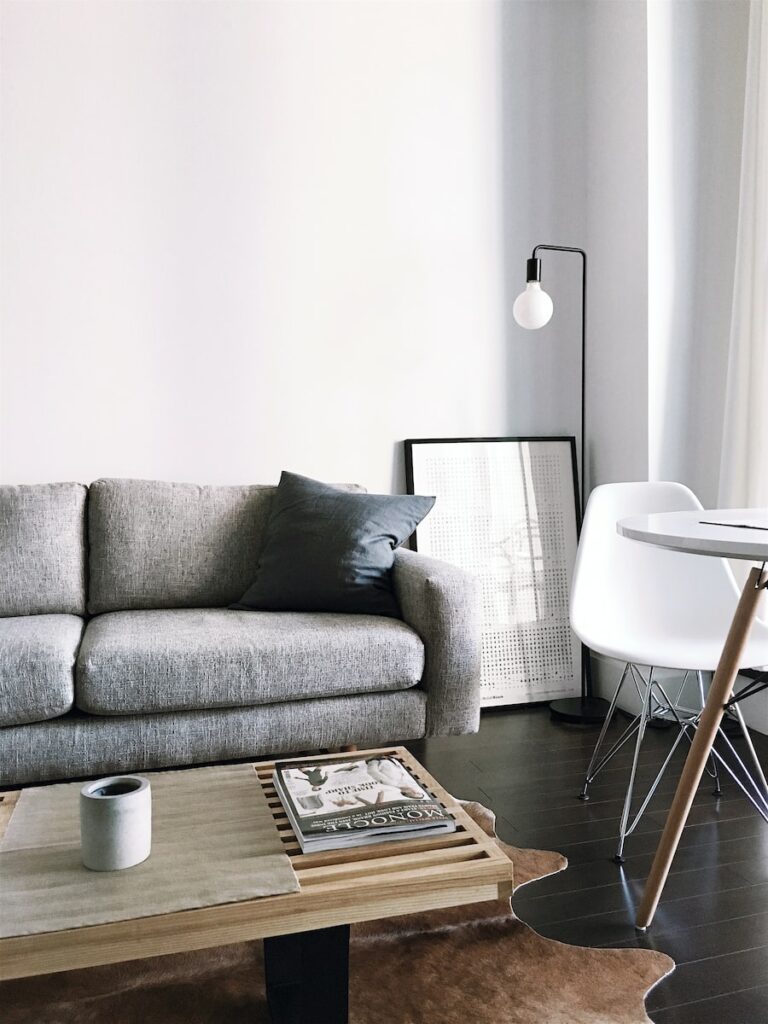
The right place to learn – How do I design my learning environment correctly?
After you have learned about good learning times in the previous text, in this article we would like to give you tips on how to design your learning place and environment so that you can learn there pleasantly and successfully. This article is mainly intended to give you helpful tips if you want to learn a foreign language with the help of multimedia software. In the field of formal learning in institutionalized settings, such as adult education centers, the options for designing the learning environment for the individual learner are usually very limited. The situation is different, however, for all those who want to learn a foreign language in self-study, for example with the help of multimedia language courses.
Here you have many options for designing your learning location to suit your needs. Even if it may sound banal at first: It is important that you feel comfortable in your personal learning space and that you can concentrate well. For your personal “feel-good learning place” you will find some hopefully helpful tips below:
Ensure brightness
Create a bright learning space, because most people find it easiest to learn in daylight. If you study in the evening or at night, it can be helpful to use a so-called daylight lamp at your workplace.
Quietness helps learning
Make sure you have a relaxed learning atmosphere – the fewer distractions from outside noise you are exposed to, the better. Loud music, television, and too much outside noise will only distract you unnecessarily. For example, if you are exposed to distracting street or construction site noise at your study location, earplugs can be very helpful. Agree with your family that you need quiet to study and don’t want to be disturbed unnecessarily. If you like, you can also listen to relaxing music at a moderate volume – this can also have a positive effect on your mood.
Avoid distractions
Anything that might distract you while you are studying should also be kept away from your study space: Cell phones, magazines, appointment books, etc. In addition, if you are learning on the computer using multimedia courses, it is absolutely recommended that you close your instant messenger and mailing programs, if you use any.
Create space for learning
The place where you study should be as spacious as possible and all your learning materials should always be within reach – pens, notebooks and dictionaries should always be ready to hand to avoid unnecessary standing up and searching.
Fresh air is important
Make sure your learning space is well ventilated – fresh oxygen is a key “fuel” for the brain and prevents premature fatigue.
Prevent fatigue at the computer
Computer learning in particular is quite stressful for the eyes: don’t save on the wrong end – an old, flickering screen has a very tiring effect and is also not healthy. To relieve eye strain, it is also advisable to take your eyes off the screen every now and then, for example, to look out of the window or simply into the distance.
Sitting comfortably
Working and learning at the computer in particular often leads to back and neck tension if you are sitting poorly. It is therefore very important that you have a comfortable seat where you can sit upright and relaxed. Therefore, when buying, test whether your desk chair is suitable for your needs and whether the table is also at a comfortable height. To minimize tension, occasional loosening exercises while working at your desk are also very useful.
Drink enough
It is also important to stay well hydrated while studying: always have a pot of fruit, herbal or green tea or mineral water ready. As a small reward in between, a piece of chocolate can work wonders.
But you can also create learning places away from the learning space that is geared to your needs, where you can learn in a meaningful way. For example, when you take the bus or subway to school, shopping, or to your job every day: Put meaning back into that lost time. For example, you can use flashcards to repeat vocabulary there, or you can have them spoken to you on your mp3 player. Keep in mind, however, that such places are far less ideal for learning. It is therefore recommended that you repeat what you have already learned here and tackle new learning material at your personal “feel-good learning place” instead.


